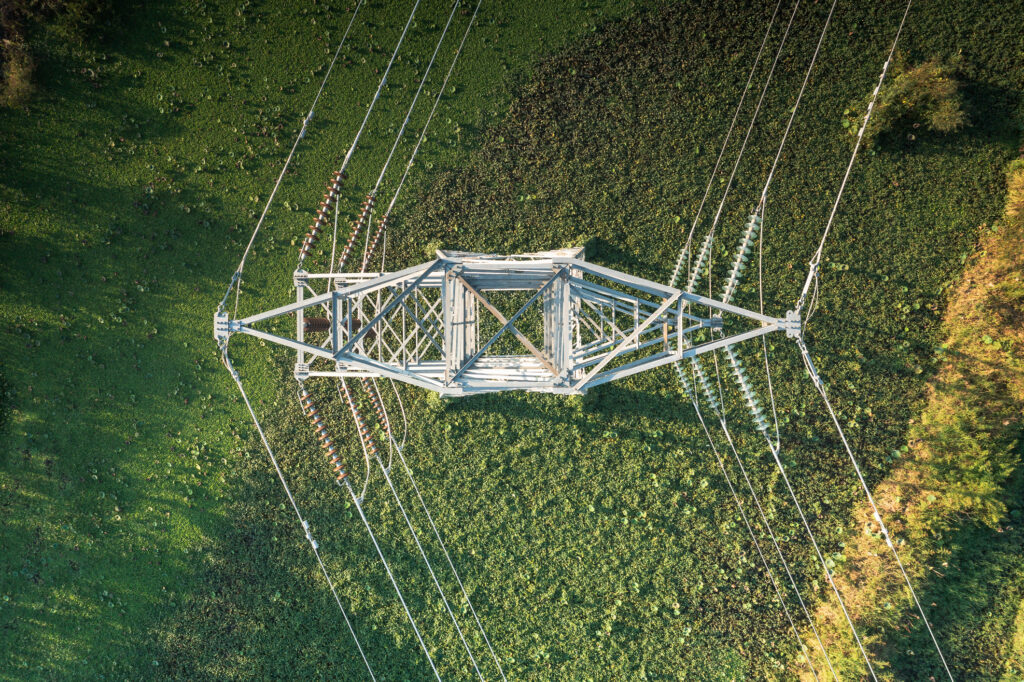Increasing Flexibility: New FeatureReader Transformer


The new (in FME 2011) FeatureReader transformer improves your ability to define the data you want to use in your workspace, and can make your transformations run faster. How?
Well, when you only intend to work on a portion of a dataset, then it’s more efficient to read only that subset, rather than all the data. The FeatureReader transformer achieves this by querying a source dataset and returning only the results. The query can be defined by specific layers, a geographic relationship, or even a “where” clause.
With it you might query a dataset for features that fall on a particular layer and within a given polygon; but what’s really great is that you can use transformers to define the query parameters before you read any data into the workflow.
For example, the polygon of interest could be defined by an existing feature in your workspace, or the layers defined by the contents of a text file. The possibilities are endless. And can you imagine how much faster a transformation process will run when it’s only reading the data you need?
Let’s take a look at a few ways this new FeatureReader transformer could be used.
Say you want to extract a particular tile of source data from a spatial database. Now you can use the FeatureReader to extract this information around an existing grid feature, and keep the clip operation on the database server where it belongs.
And in an FME Server powered data distribution service, users can now define the area of interest as a polygon – rather than a rectangular envelope – and get their data quicker because FME no longer needs to do an expensive clip operation.
Such techniques run a transformation process more quickly because there is less data to process. Check out a step-by-step explanation of this example with screenshots in the FME Evangelist blog: visit safe.local/featurereader
Another way the FeatureReader transformer can be used is to read the output of another transformation task into a workspace, as part of a managed batch process. To find out more, read the article starting on page 4.
Tell us how you’re using the FeatureReader transformer! Tweet your use cases to @SafeSoftware



